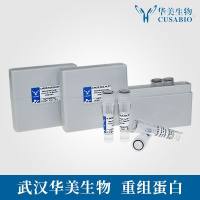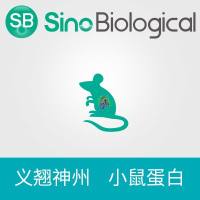Immunoperoxidase Histochemistry for the Detection of Cellular Adhesion Molecule, Cytokine, and Chemokine Expression in the Arthritic Synovium
互联网
739
The invasion of leukocytes into the synovial tissue (ST) eventually resulting in tissue damage is a crucial process in the pathogenesis of rheumatoid arthritis (RA) (1 –4 ). Augmented adhesion of inflammatory cells to the ST endothelia and to other ST components is mediated by a number of cell adhesion molecules (CAMs), whose expression may also be upregulated in RA, as well as in other inflammatory diseases (1 –3 ). Some cytokines, such as interleukin-1β (IL-1�β) and tumor necrosis factor-α (TNF-α), as well as other pro- and antiin-flammatory cytokines are also present in the RA ST. These soluble mediators have an effect on leukocyte activation, upregulation of cell adhesion receptors on lining cells and endothelial cells, tissue destruction, angiogenesis, and other important inflammatory processes (2 ,4 ,5 ). Chemotactic cytokines termed chemokines drive inflammatory leukocytes into the synovium. The production of a number of chemokines is regulated by proinflammatory cytokines, such as TNF-α. In addition, chemokines act in concert with CAMs on the endothelial surface during leukocyte extravasation (3 ,5 ,6 ). In summary, there is an existing regulatory network of cytokines, chemokines, and CAMs, which play an important role in the pathogenesis of synovitis underlying RA.









